50+ Sample Quotation Form Templates
-
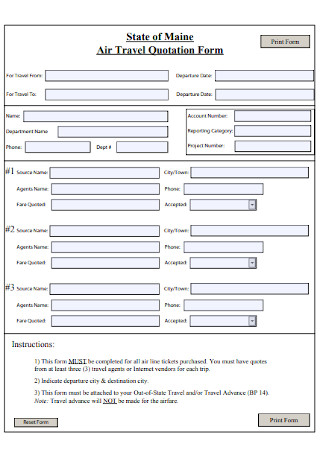
Air Travel Quotation Form
download now -
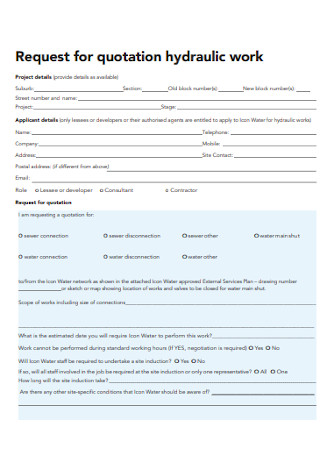
Work Quotationtion Form
download now -
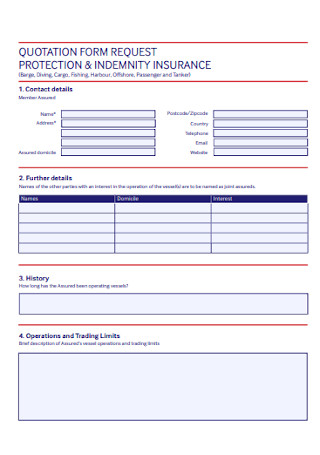
Insurance Quotation Form
download now -

Request for Hot Half Quotation Form
download now -
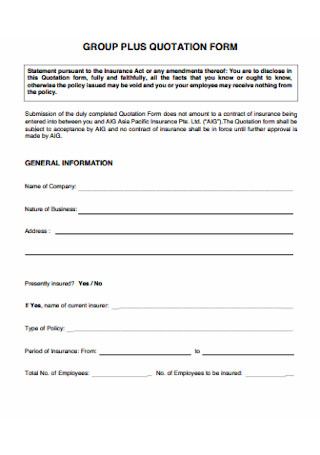
Group Plus Quotation Form
download now -

Quotation Form Format
download now -
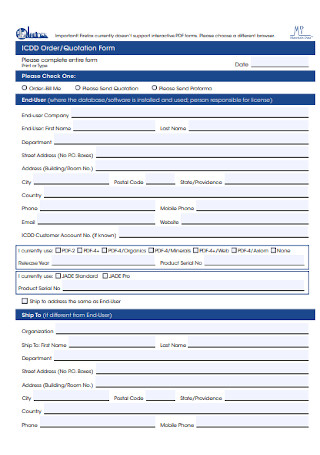
Order and Quotation Form
download now -

Quotation Evaluation Form
download now -
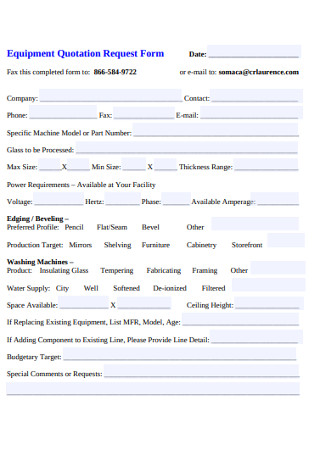
Equipment Quotation Request Form
download now -
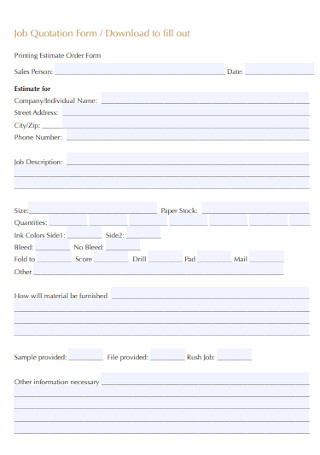
Job Quotation Form
download now -
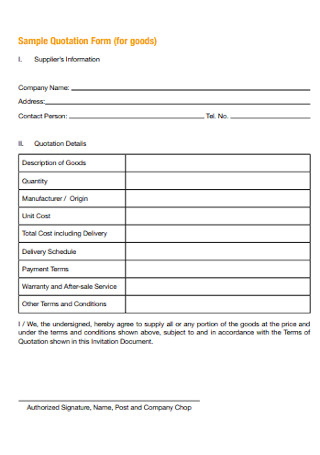
Sample Quotation Form Example
download now -
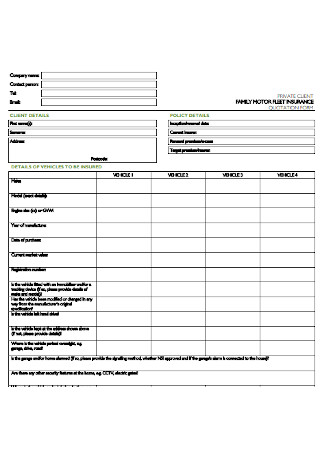
Motor Quotation Form
download now -
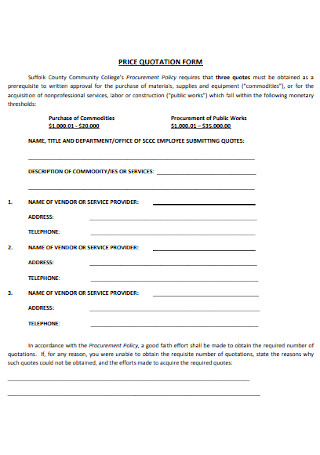
Price Quotation Form
download now -
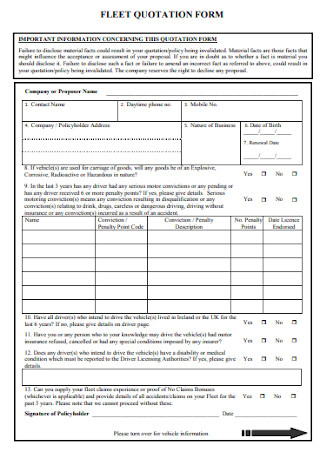
Fleet Quotation Form
download now -
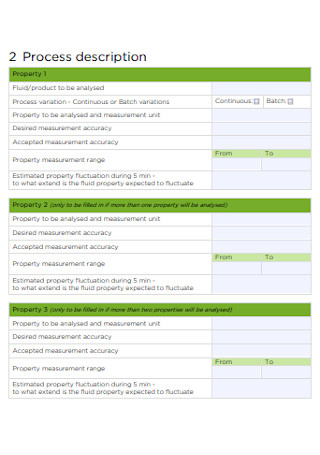
Pre Quotation Form
download now -
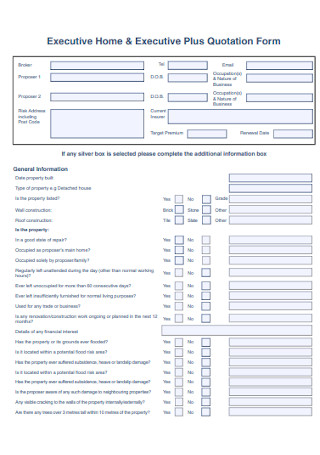
Executive Plus Quotation Form
download now -
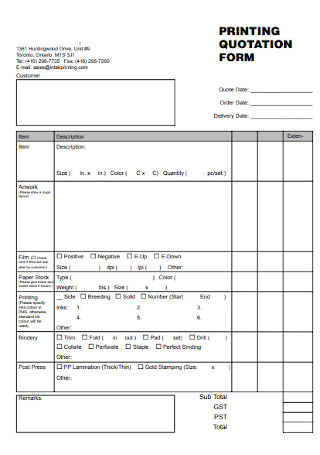
Printing Quotation Form
download now -
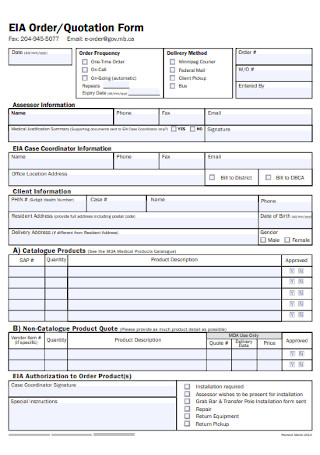
Quotation Order Form
download now -
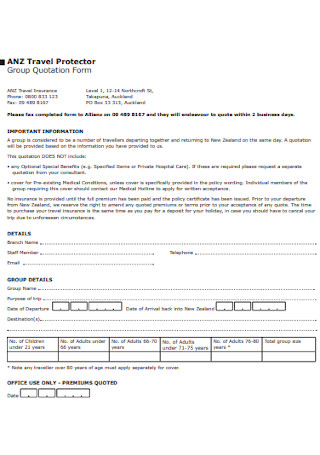
Group Quotation Form
download now -

Vessel Request Quotation Form
download now -
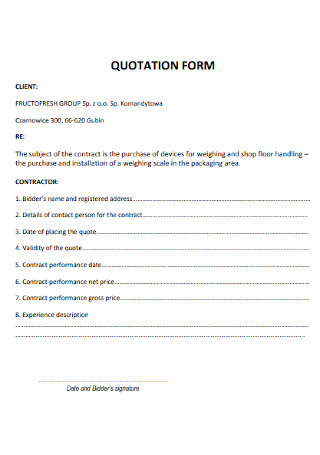
Basic Quotation Form
download now -
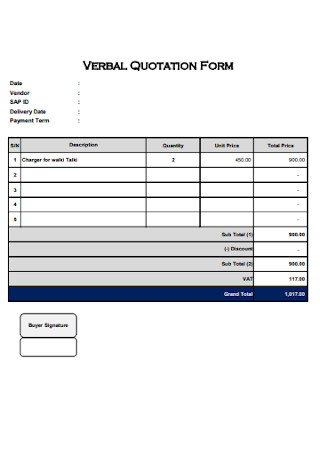
Verbal Quotation Form
download now -
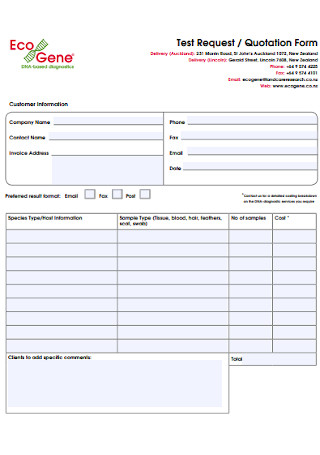
Test Request and Quotation Form
download now -
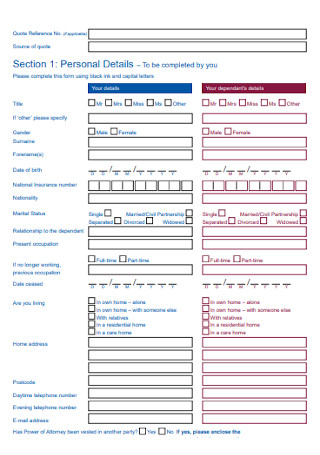
Pension Annuity Quotation Form
download now -
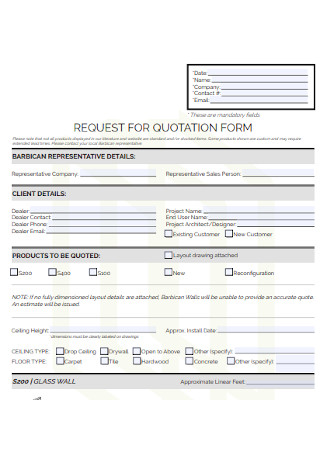
Simple Request Quotation Form
download now -
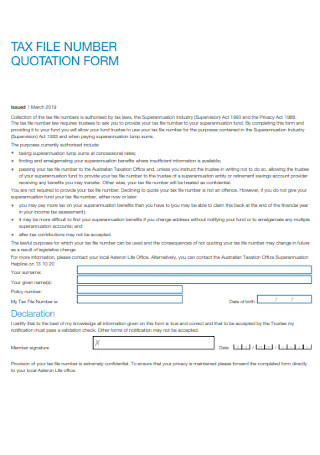
Tax File Quotation Form
download now -
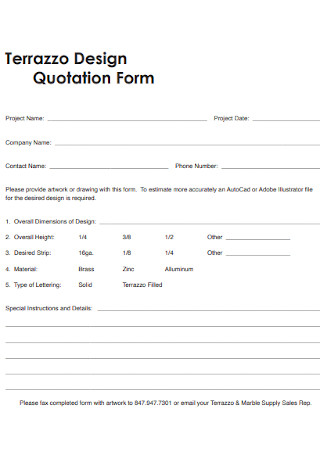
Design Quotation Form
download now -
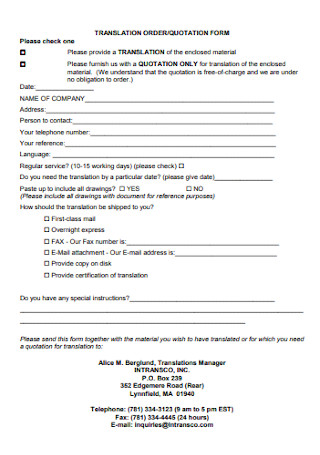
Translation Order Quotation Form
download now -
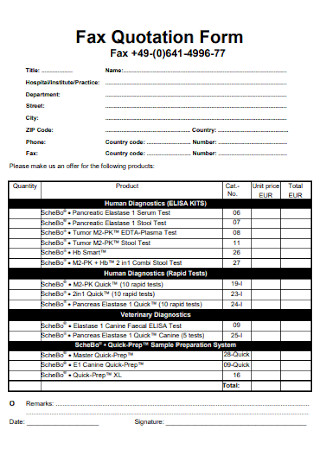
Fax Quotation Form Template
download now -
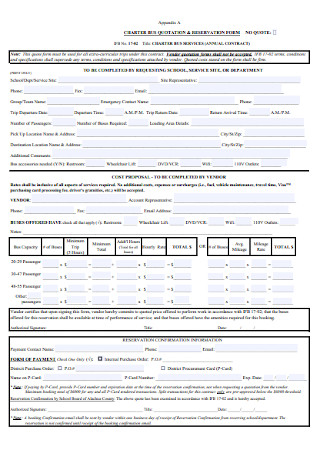
Bus Quotation Form
download now -

Booking Quotation Form
download now -
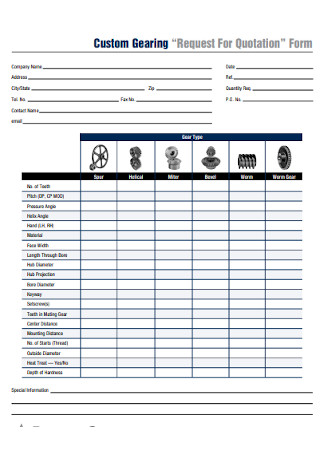
Custom Gearing Quotation Form
download now -
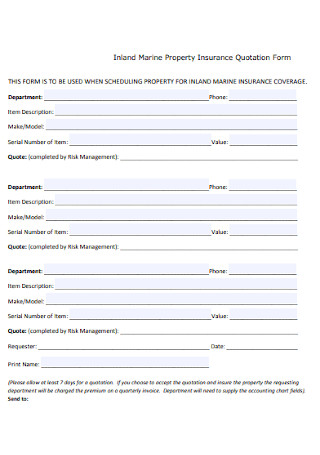
Property Insurance Quotation Form
download now -
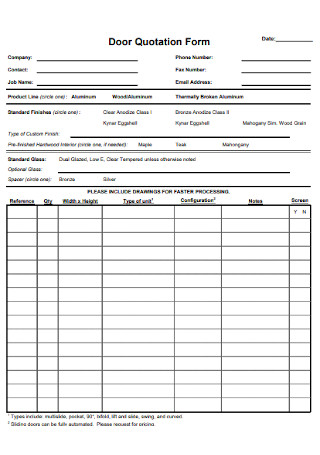
Door Quotation Form
download now -
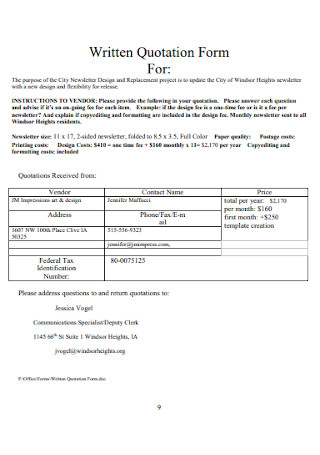
Written Quotation Form
download now -
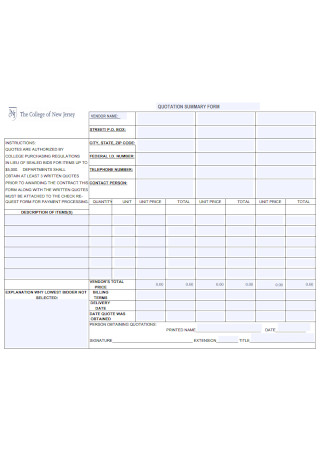
Quotation Summary Form
download now -
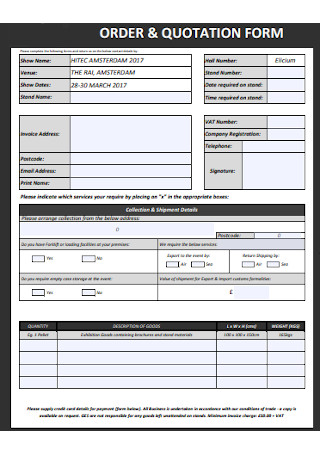
Logistiics Order Quotation Form
download now -
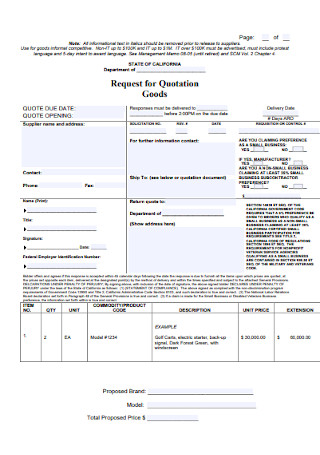
Goods Quotatiion Form
download now -
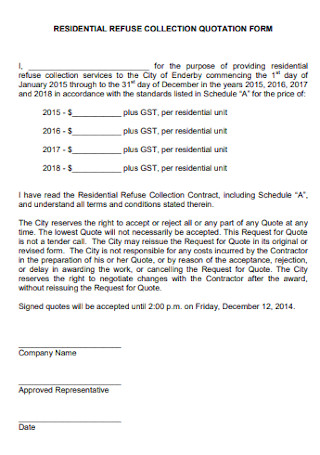
Refuse Collection Quotation Form
download now -
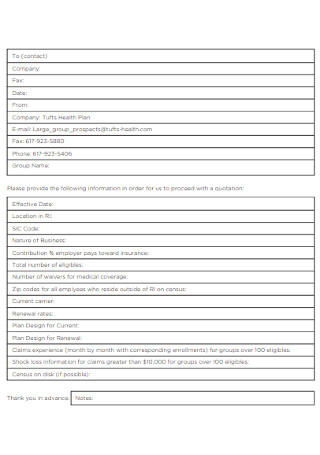
Health Plan Quotation Form
download now -
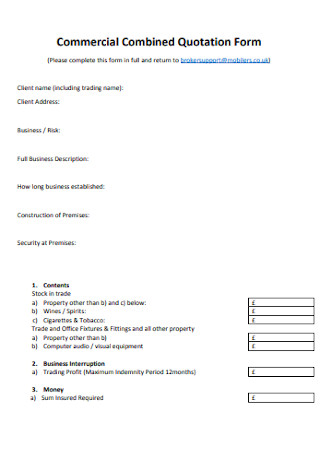
Commercial Combined Quotation Form
download now -

Quotation Specifiication Form
download now -
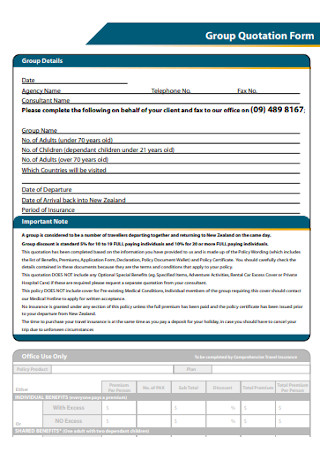
Group Quotation Form Example
download now -

Service Quotation Form
download now -

Cylinder Quotation Form
download now -
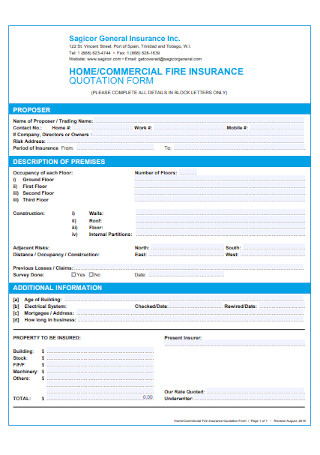
Fire Insurance Quotation Form
download now -
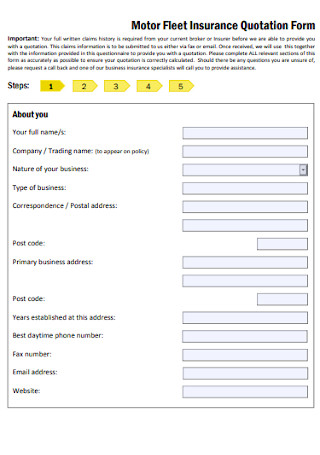
Motor Fleet Insurance Quotation Form
download now -
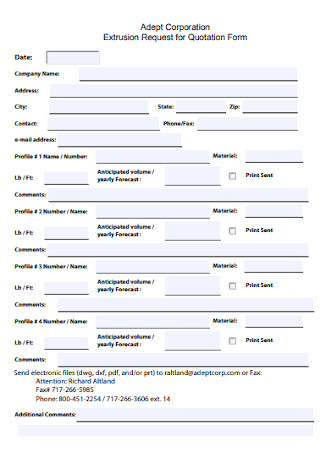
Extrusion Request for Quotation Form
download now -
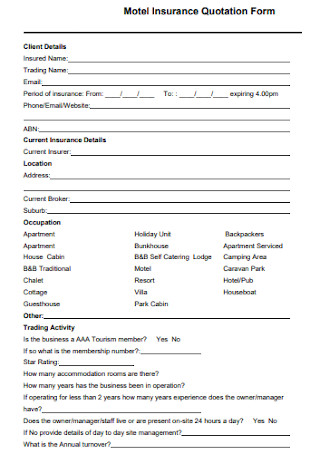
Motel Insurance Quotation Form
download now -
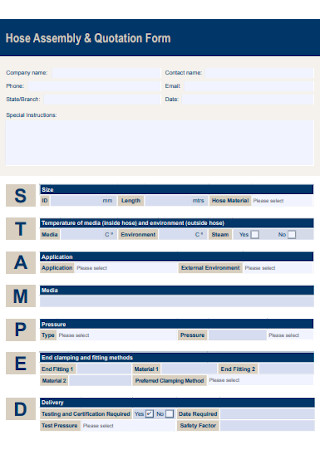
Hose Assembly and Quotation Form
download now -
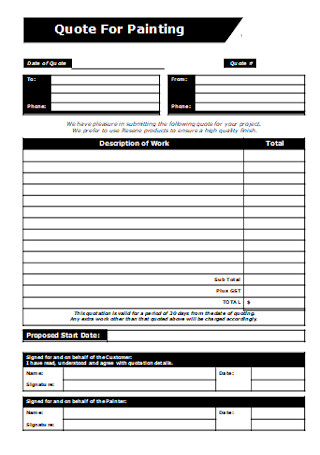
Painting Quotation Form
download now
FREE Quotation Form s to Download
50+ Sample Quotation Form Templates
What Is a Quotation Form?
What Are the Elements of a Quotation Form?
How to Create an Acceptable Quotation Form
FAQs
Are invoice and quotation the same?
What are other important details to include in the quotation form?
What does RFQ mean?
What Is a Quotation Form?
If you have worked under sales, then quotation forms are surely familiar to you. But what exactly is it? Quotations summarize costs, particularly when a business needs to show clients the amount of work, time, and money needed for any matter. If a client has a budget for a specific project, how will the money be distributed? And what will happen for the project from start to finish? Hence, the quotation exists to simplify the process of sending business rates or estimates in a pre-made document.
According to a study, just 1% of improved pricing may total up to 11% of profits.
Also, the Harvard Business Review reported that the same importance applies to how clients perceive the price and the price itself.
Why Are Quotations Important?
A quotation is consequential because it is the primary step in doing a transaction. Clients naturally seek request for quote forms to be fully aware of how much money will be spent and how it will be spent. And for businesses, a price estimate is not something to be taken lightly. The Harvard Business Review even noted that 1% of improved pricing can add up to 11% of profits. Thus, nothing wrong should be present from the invoice or quote.
Furthermore, no business is free—products and services come with a price. And prices should be known by potential buyers so they can make smarter decisions afterward. With that said, a quotation is essential for transparency. Both businesses and clients would be aware of the budget, processes, and other information rather than be unsure of where the money goes in transactions. Therefore, a quotation is one formal business statement about the estimated prices of goods, jobs, and services.
What Are the Elements of a Quotation Form?
Do you already know what a standard quotation form looks like? Sure, there are different designs and formats of quotations out there. But generally, an acceptable quotation form would consist of the following elements:
How to Create an Acceptable Quotation Form
Now that you are fully informed about a quotation’s definition, importance, and basic elements, let us dive into the process of making the quotation itself. If you think the process takes loads of steps, you’re wrong. It is actually very easy, especially since we prepared sample quotation form templates just for you! Explore every template until you can customize your quotation, fill in every blank, and add the missing details. And for a perfect way to form your next quote, kindly follow these six simple steps:
Step 1: Identify Your Customer’s Wants and Needs
It is unwise to just proceed in making a quote without fully knowing what your clients need. The best advice is to talk with your client and dig into some research. This approach helps you recognize what you think your customer would want, the same goes for estimating how much they would be willing to spend for their wants and needs. And when you analyze your data carefully, you can eventually give prices and offers that meet their standards—a winning deal, for sure!
Step 2: Incorporate Your Business Branding
While using a quotation template from our collection of samples above, do not forget to include your business branding in the layout. That means the quote document itself should have your company’s name, business logo, contact details, and other identification details. This branding often is referred to as the business letterhead and it represents your company. Ensure that anyone who views the quote can identify your business, just like how marketing works.
Step 3: Specify the Type of Quotation
The types of quotation are based on what your quotation’s purpose is. Hence, there is no need to discuss every type of quotation because there are a lot. You can deal with construction, photography, travel, freelance, and so much more. So if your quote’s purpose is for web design, then you have the web design type of quotation. And it is important that your quote’s title is based on the specified quotation type, meaning “Web Design Quotation” is an acceptable title.
Step 4: Write in Detail
Quotation forms must be detailed, especially when there are lots of things to explain from the products or services, pricing calculations, and more. You can write as many details from the product descriptions, the exact number of quantities in numbers and in words, shipping details, estimated time of delivery, and extra terms or conditions. But be sure you wrote relevant details because making long quotes with irrelevant content will not achieve anything.
Step 5: Be Direct
While being detailed is good, long or wordy content is bad. Keep it short. The key is to be straight to the point. If sentences can be shortened and be more specific, do it! Broad statements are discouraged though. An example is when you state that the price is worth $750. So what? Is that the grand total price, taxed amount, or just the net price? Ensure that whoever reads the quotation can understand the message properly. If you are unsure about your content, then reread everything and check if it is understandable in the first place.
Step 6: Close the Quote with a Signature Line
It would be sincere to end the quotation with signature lines to be signed by the business representative and the client or recipient. Signatures, as discussed before, manifest that a deal has been accepted. Having no signature affixed may mean the deal has not been sealed yet. But, clients should be smart not to sign without understanding the full message of the quote to prevent disappointment. And most importantly, correct names and details should be written. Once you are confident with the results, you can launch your quotation already.
FAQs
Are invoice and quotation the same?
Invoice and quotation are often used interchangeably but they are not the same. And they are both different in terms of their issuance time, authority, purpose, mode of issuance, and contents. For example, the time of issuance ensures that a quotation is given before work is established while an invoice happens after achieving the work.
What are other important details to include in the quotation form?
Be sure you have these important factors in the quotation form:
- Recipient’s contact info
- Date of issuance
- Discount rates
- Product or service description
- Payment conditions
- Packaging rates
- Shipping rates
- Delivery rates
- Legal references
- Prices, of course
What does RFQ mean?
RFQ stands for request for quotation. It is an official document that companies submit to potential suppliers obtaining quotes for specific goods and services.
It is no surprise that a quotation form can either make or break business deals. Remember that the document itself is capable of sharing all the information your clients want to know from the costs, procedures, and other concerns. What matters most is you make a quote in a creative, smart, and well-organized manner. Practice creating well-made quotation forms with our downloadable sample templates now!
